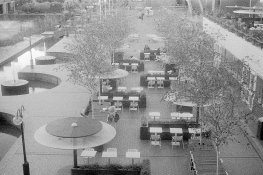Bill Burk
Subscriber
- Joined
- Feb 9, 2010
- Messages
- 9,312
- Format
- 4x5 Format
They'll take away my Group f/64 card for sure now...
In Half Moon Bay a small church is holding a book faire this weekend.
Was in the neighborhood, walked in and headed to the Coffee Table books section. Thought I might find some photography related books.
What I found blew me away. I couldn't carry all I would have liked, so had to put back some things that I'm sure I'll regret.
But what I came home with was over a dozen old smelly books. Half a dozen by William Mortensen.
Pictorial Lighting
The New Projection Control
M. on the Negative
Print Finishing
Outdoor Portraiture
The Model
I don't know how I will approach these, but it will be fun reading.
In Half Moon Bay a small church is holding a book faire this weekend.
Was in the neighborhood, walked in and headed to the Coffee Table books section. Thought I might find some photography related books.
What I found blew me away. I couldn't carry all I would have liked, so had to put back some things that I'm sure I'll regret.
But what I came home with was over a dozen old smelly books. Half a dozen by William Mortensen.
Pictorial Lighting
The New Projection Control
M. on the Negative
Print Finishing
Outdoor Portraiture
The Model
I don't know how I will approach these, but it will be fun reading.






 just like his approach to photographic art.
just like his approach to photographic art.


